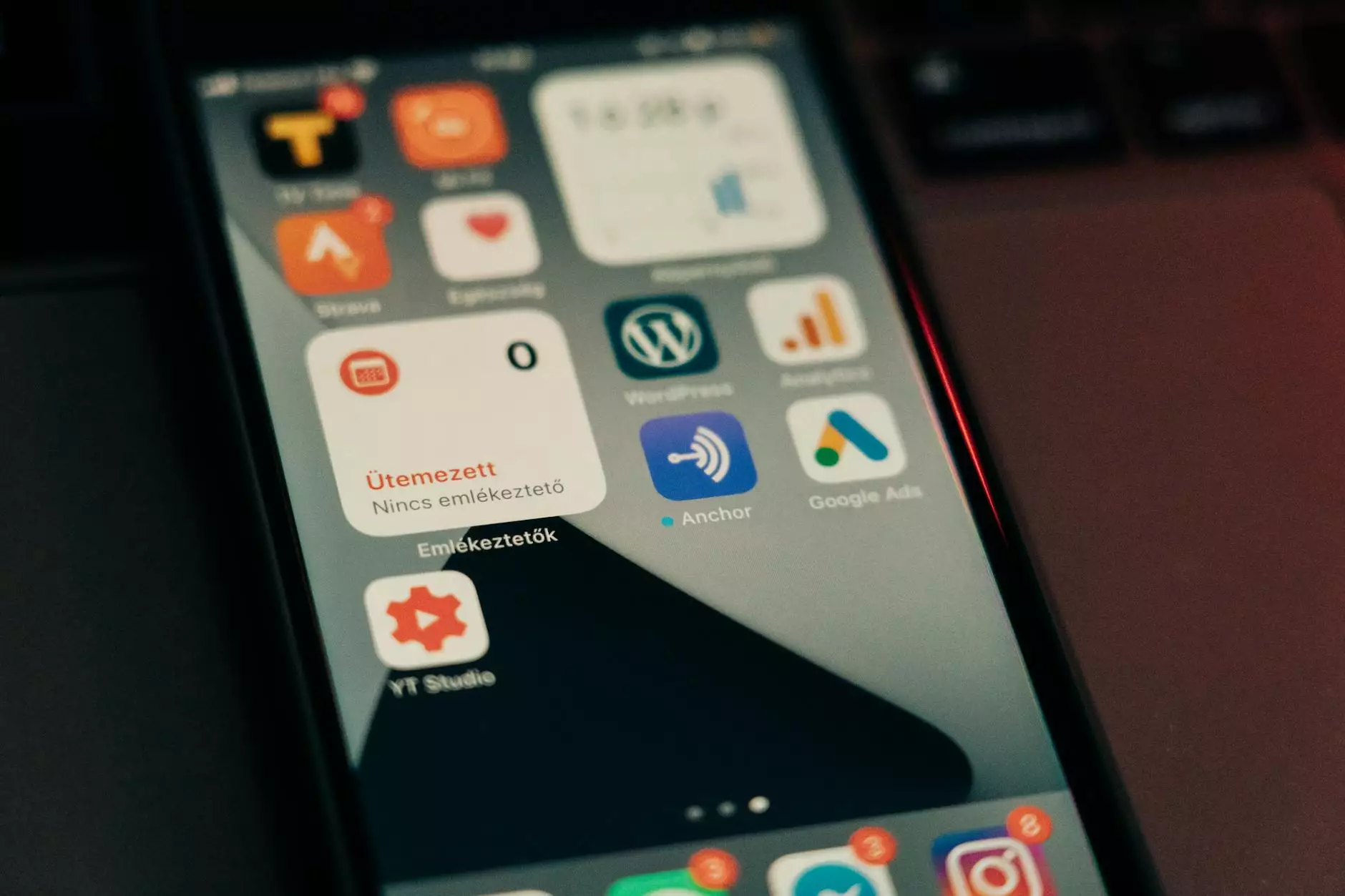Email Bounce Verification: Essential for Business Success

Email bounce verification is a critical process for any business that relies on email marketing to engage with customers and prospects. In a world where communication is increasingly digital, ensuring the integrity of your email list is paramount. This article delves into what email bounce verification is, how it works, its benefits, and best practices for maintaining a clean email list.
What is Email Bounce Verification?
Email bounce verification refers to the methods and tools used to determine the validity of email addresses on your contact list. When emails are sent to invalid or non-existent addresses, they "bounce" back to the sender, indicating that the email couldn't be delivered. Bounces can be categorized as either soft bounces, which may be temporary issues (like a full inbox), or hard bounces, indicating permanent problems (like a non-existent address).
Why is Email Bounce Verification Important?
Maintaining a robust email marketing strategy requires attention to the quality of your email list. Here are several reasons why email bounce verification is vital:
- Enhanced Deliverability Rates: Clean email lists result in higher deliverability rates, ensuring that your messages reach your audience.
- Cost-Effectiveness: Reducing the number of bounces saves money, especially for businesses that pay per email sent.
- Improved Sender Reputation: Frequent bounces can harm your domain's reputation, affecting future email campaigns.
- Increased Engagement: By focusing on valid contacts, businesses can expect higher open and click-through rates.
- Accurate Analytics: A verified list provides more accurate data, making it easier to analyze your marketing efforts and ROI.
How Does Email Bounce Verification Work?
Understanding how email bounce verification operates is fundamental to appreciate its value. The process generally involves the following steps:
- Data Collection: Gather all email addresses intended for use in campaigns.
- Validation Techniques: Employ various verification techniques, including syntax checks, domain checks, and mailbox checks to identify valid addresses.
- Real-Time Verification: Some tools allow for real-time verification during form submissions to prevent invalid emails from entering your list.
- Regular List Cleaning: Periodically verify and clean your mailing list to remove outdated, inactive, or invalid addresses.
- Integration with Email Platforms: Ensure your email verification process integrates smoothly with your email service provider.
Types of Email Bounces
Understanding the types of email bounces is crucial in tailoring your verification approach. There are two primary types:
1. Soft Bounces
These are temporary delivery issues that may be resolved automatically. Examples include:
- Mailbox full
- Server issues
- Message size too large
2. Hard Bounces
These indicate permanent reasons for delivery failure and typically require immediate action, such as:
- Non-existent email addresses
- Domain name doesn't exist
- Blocked email addresses
Benefits of Using an Email Verification Service
Leveraging an email verification service brings about numerous advantages:
- Automated Processes: Save time and resources by automating the verification process.
- Scalable Solutions: Services can handle large volumes of email addresses, making them suitable for businesses of all sizes.
- Accuracy: These services often deploy advanced algorithms for high accuracy in validation.
- Compliance: Helps maintain compliance with email marketing regulations and standards.
Best Practices for Email Bounce Verification
To maximize the effectiveness of your email bounce verification, consider these best practices:
- Implement Real-Time Verification: Use tools that verify emails at the point of capture, reducing the entry of invalid addresses.
- Conduct Regular List Cleanings: Schedule periodic audits of your email list to maintain its health and validity.
- Analyze Bounce Reports: Review bounce reports provided by your email service provider to understand delivery issues.
- Encourage List Growth: Use double opt-in methods to ensure that users genuinely want to receive your emails.
- Choose the Right Email Verification Service: Select a reputable provider that fits your business needs, such as emaillistvalidation.com.
Integrating Email Bounce Verification into Your Marketing Strategy
Incorporating email bounce verification into your marketing strategy can significantly impact your campaigns. Here’s how you can effectively integrate it:
- Set Clear Objectives: Determine what you want to achieve with your email marketing efforts.
- Choose an Email Verification Tool: Select a tool that offers features aligned with your objectives.
- Monitor Performance: Regularly track metrics such as open rates and bounce rates to assess the impact of verification.
- Adjust and Optimize: Continuously refine your strategies based on performance data and changing market conditions.
Conclusion
In conclusion, email bounce verification is not just a technical necessity; it is a cornerstone of successful email marketing strategies. By ensuring the validity of your email lists, you can enhance your deliverability, improve engagement, and protect your business’s reputation. Investing in a reliable email verification service like emaillistvalidation.com can make a significant difference in your marketing efforts. Prioritizing email list hygiene is essential for today's competitive business landscape and directly contributes to achieving your marketing goals.
Get Started Today!
Don’t wait until your next campaign to start verifying your email list. Take action now for a more effective and efficient email marketing strategy that delivers results. Visit Email List Validation to explore their services and see the difference quality verification can make for your business!



